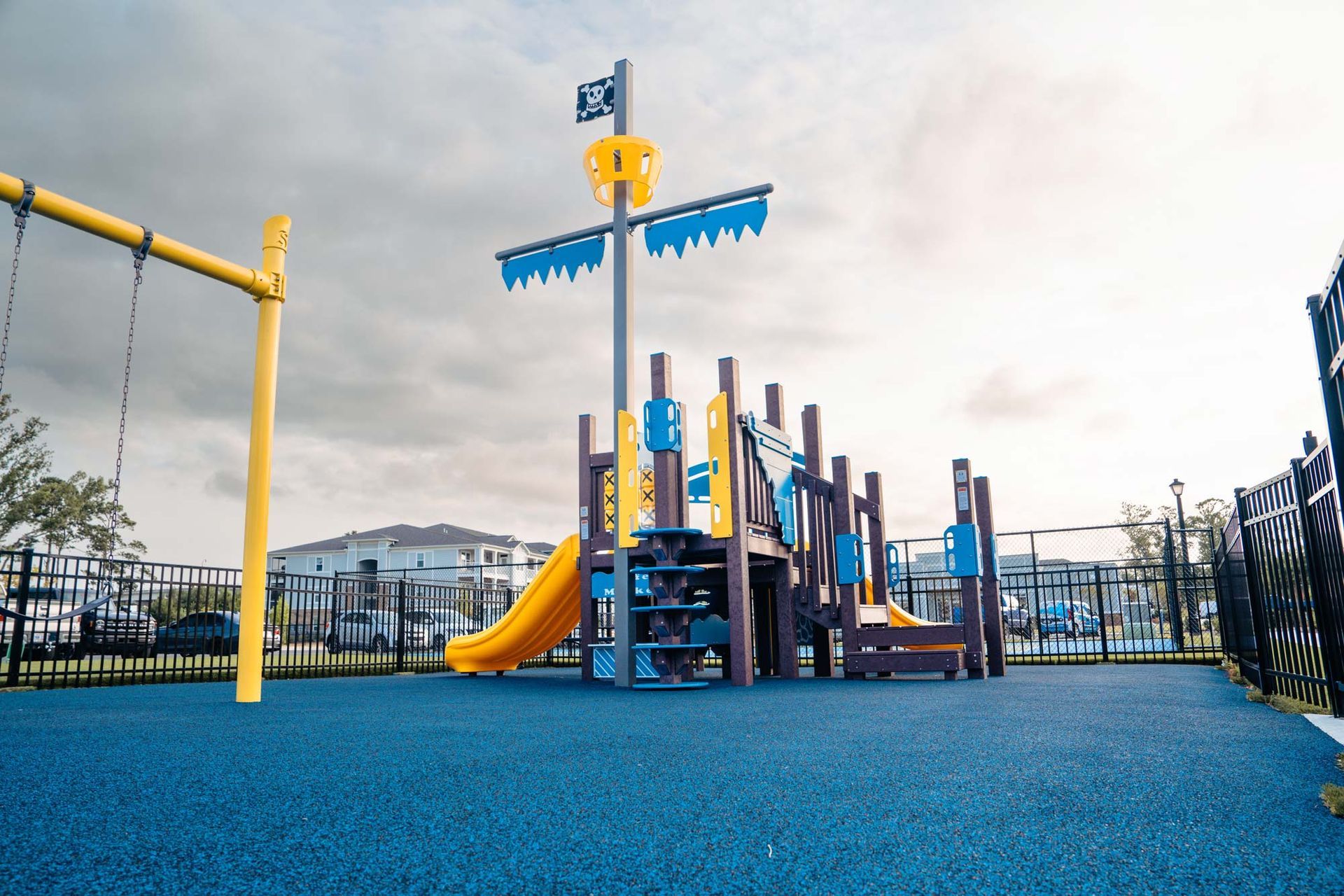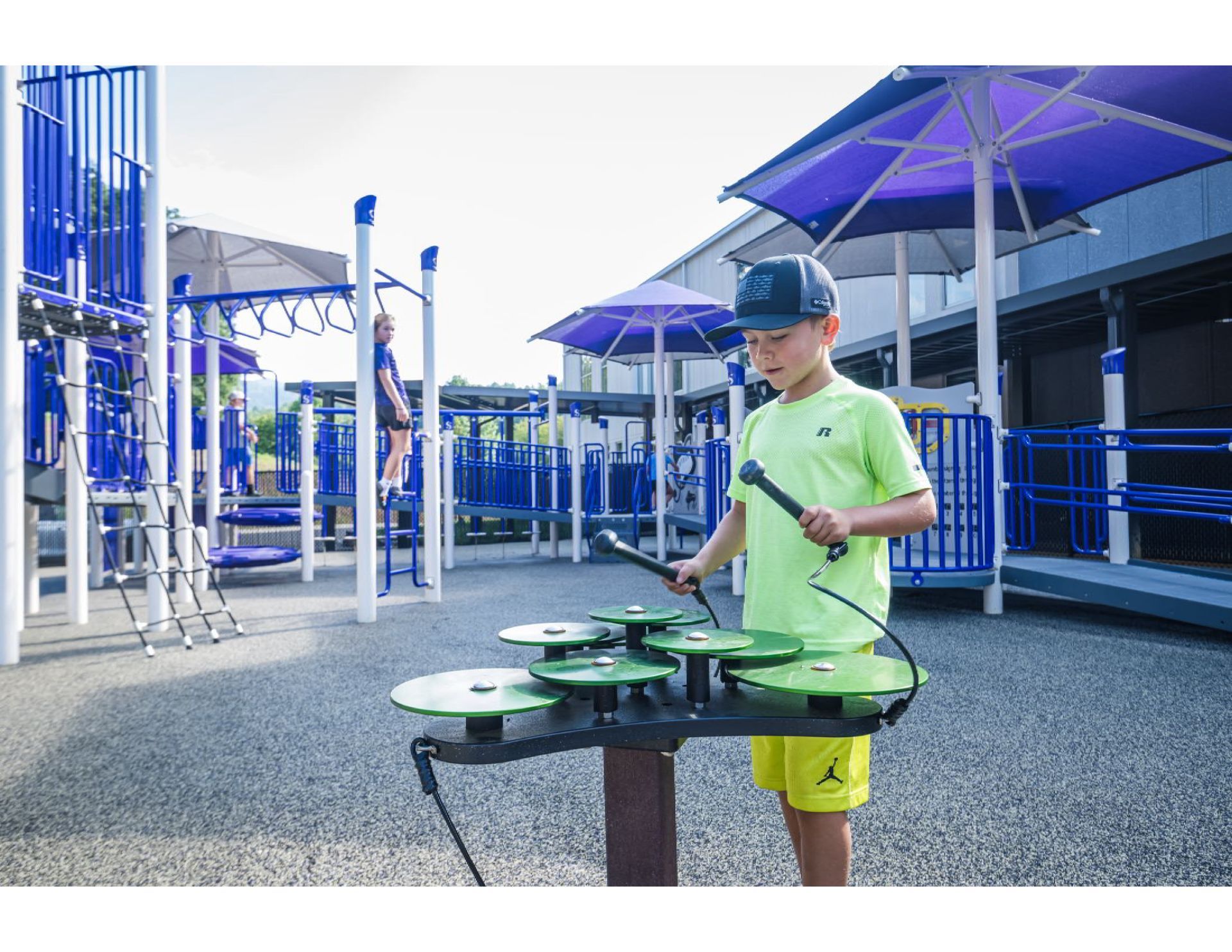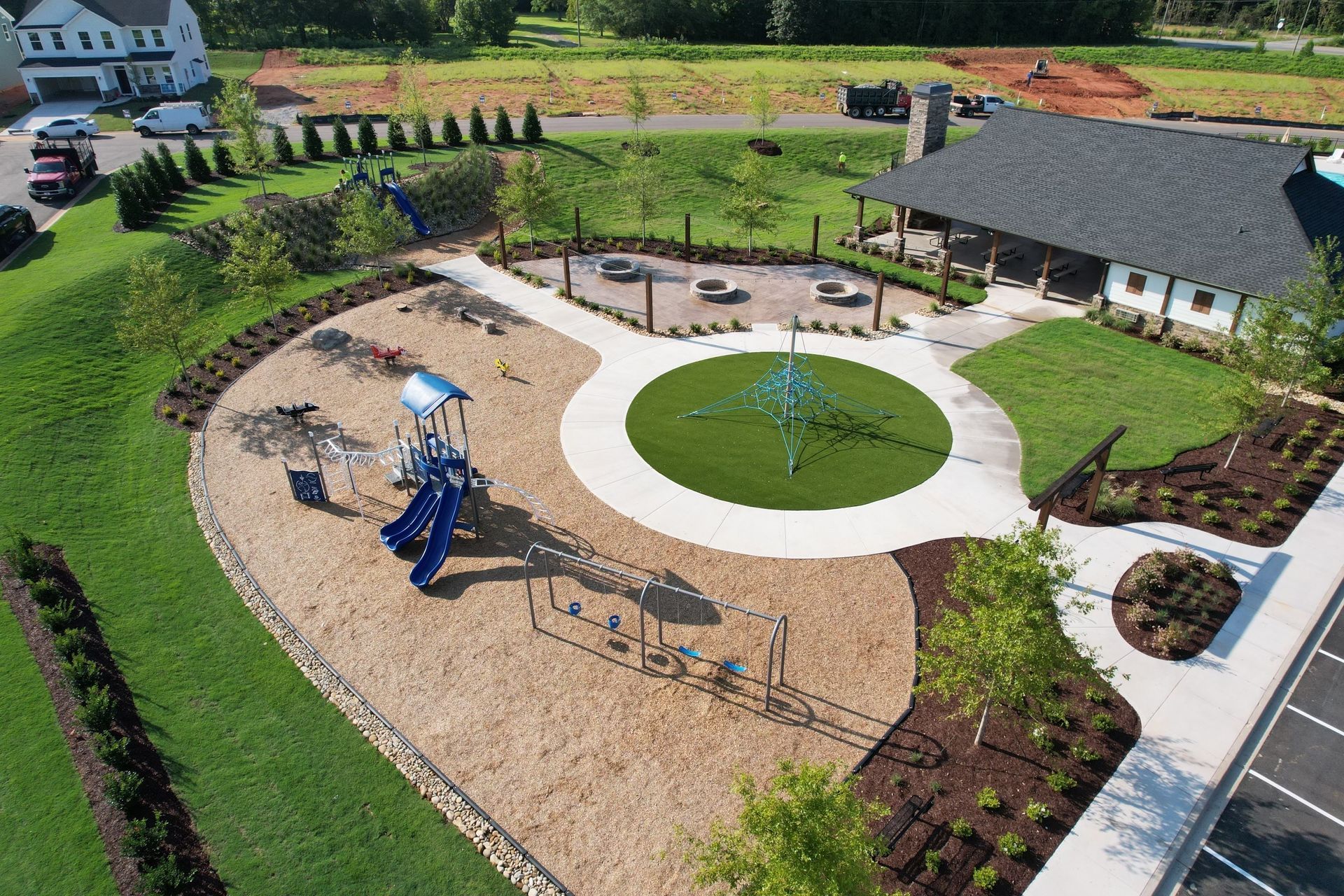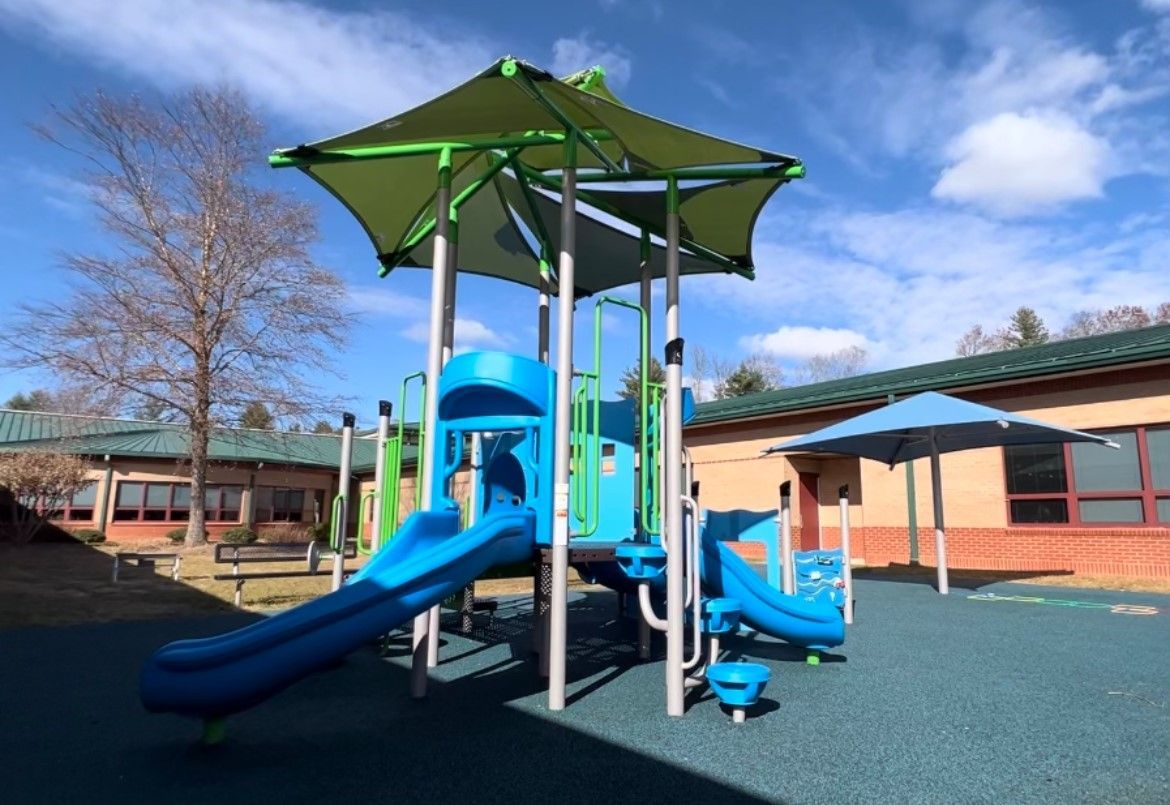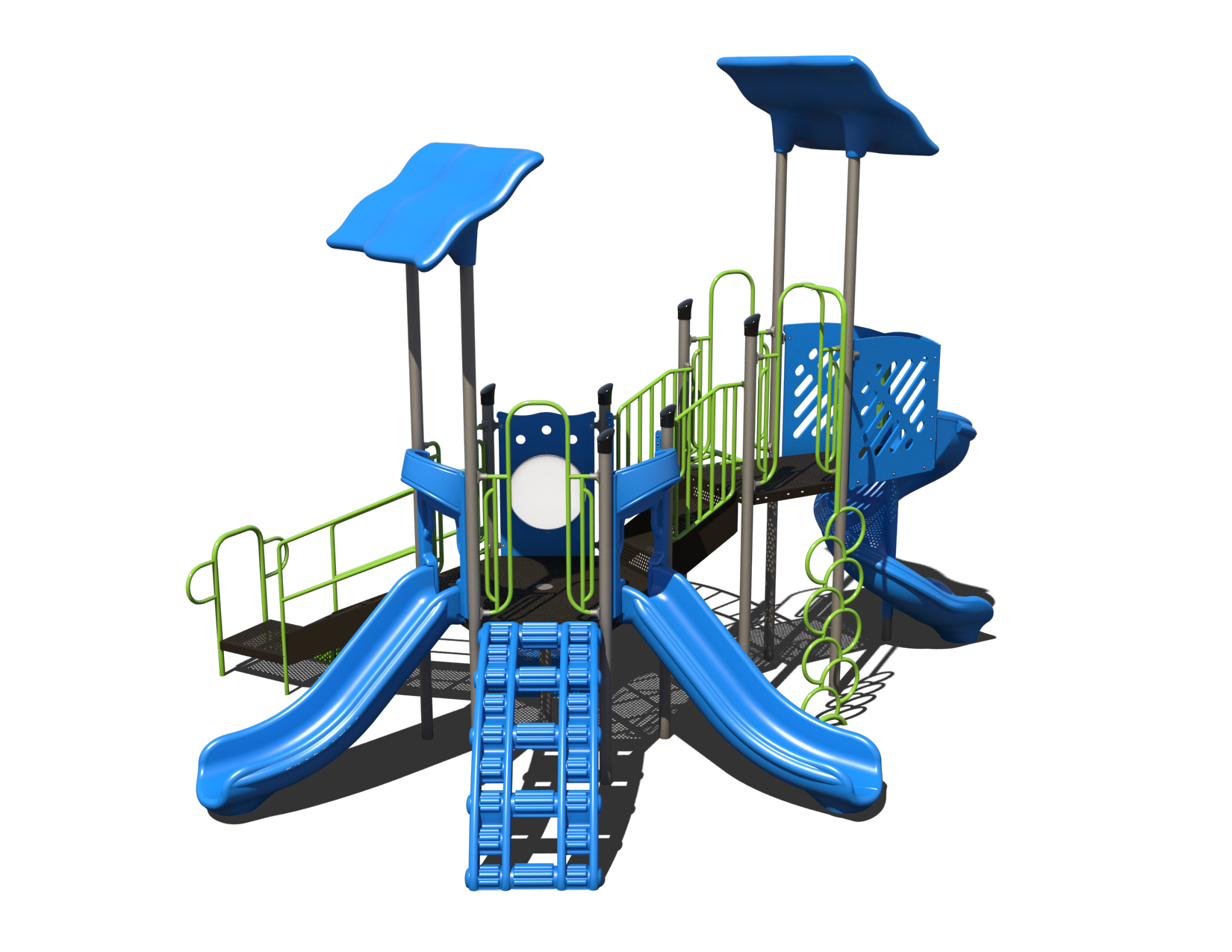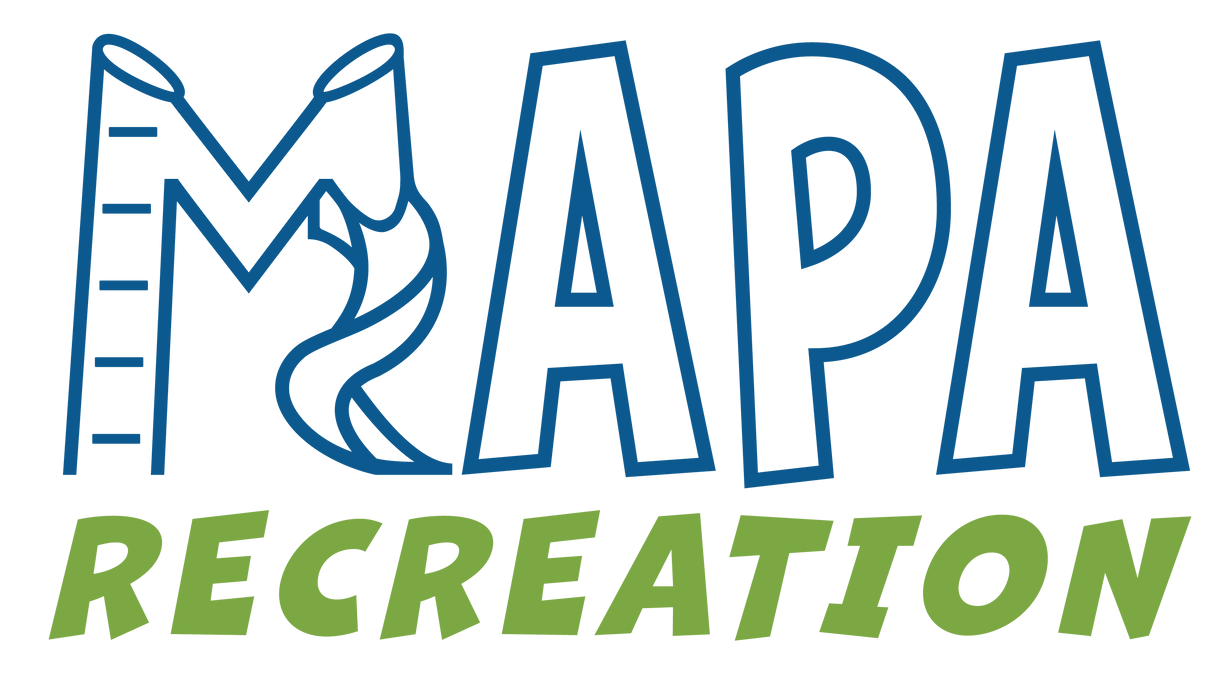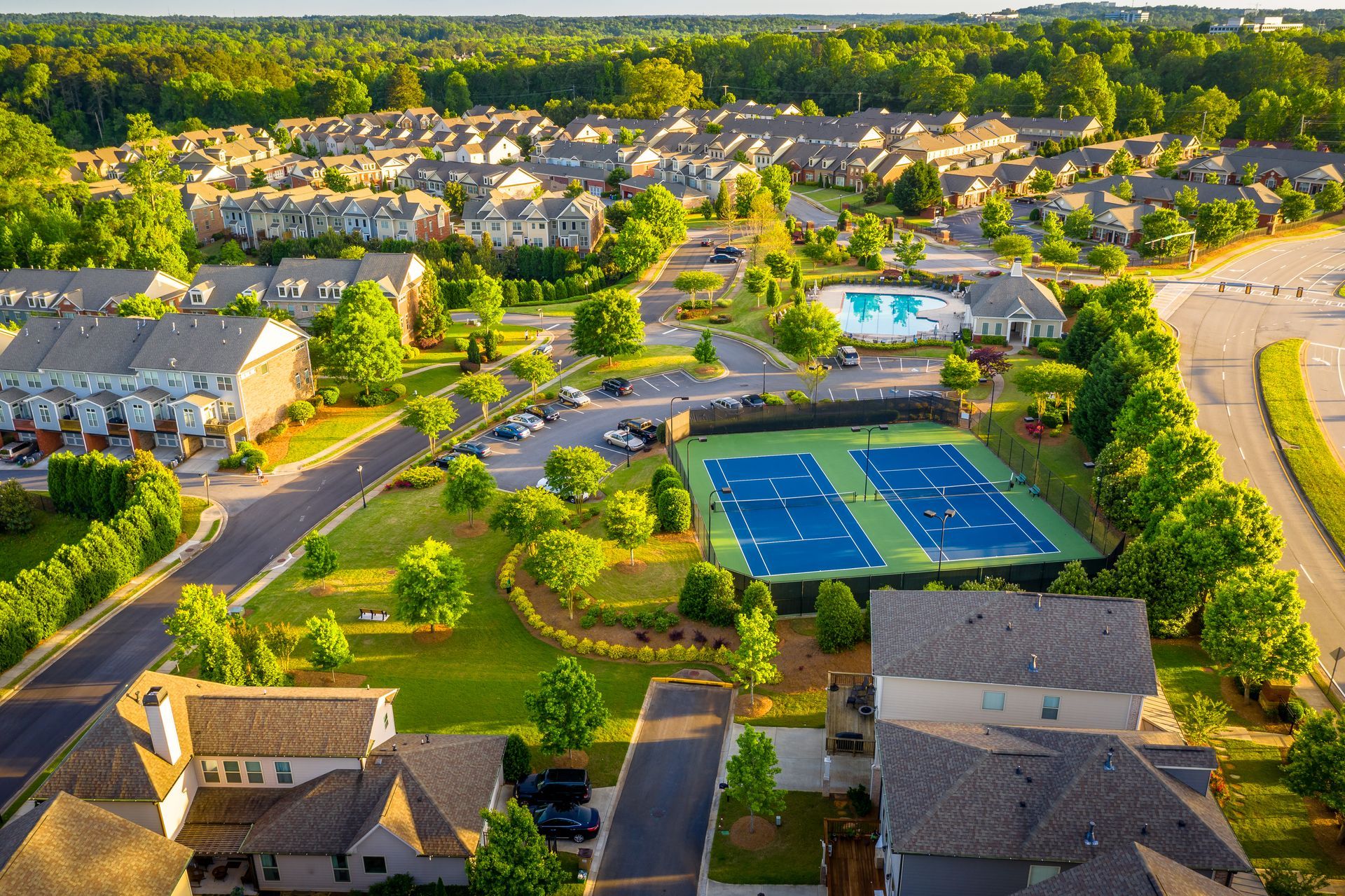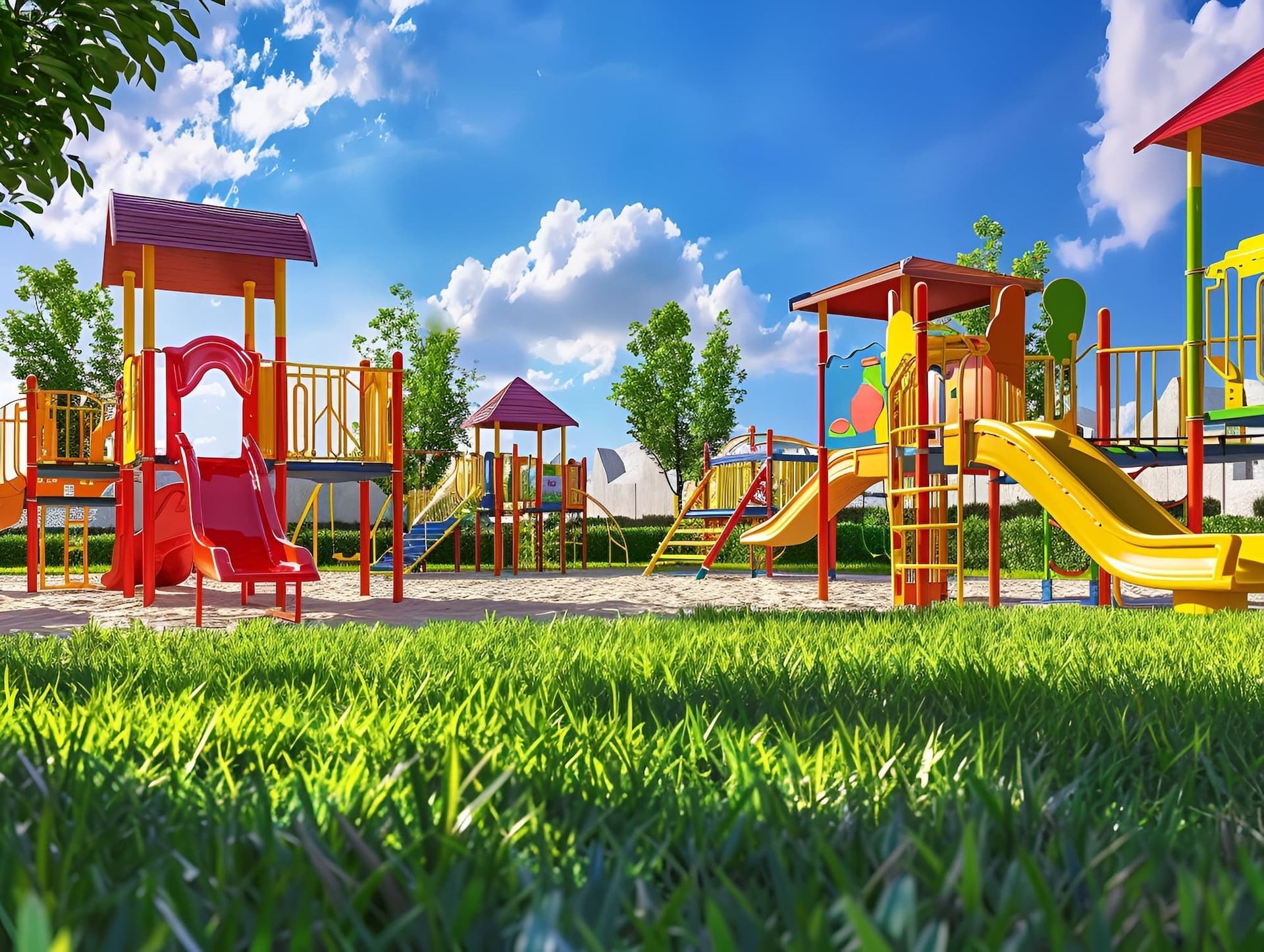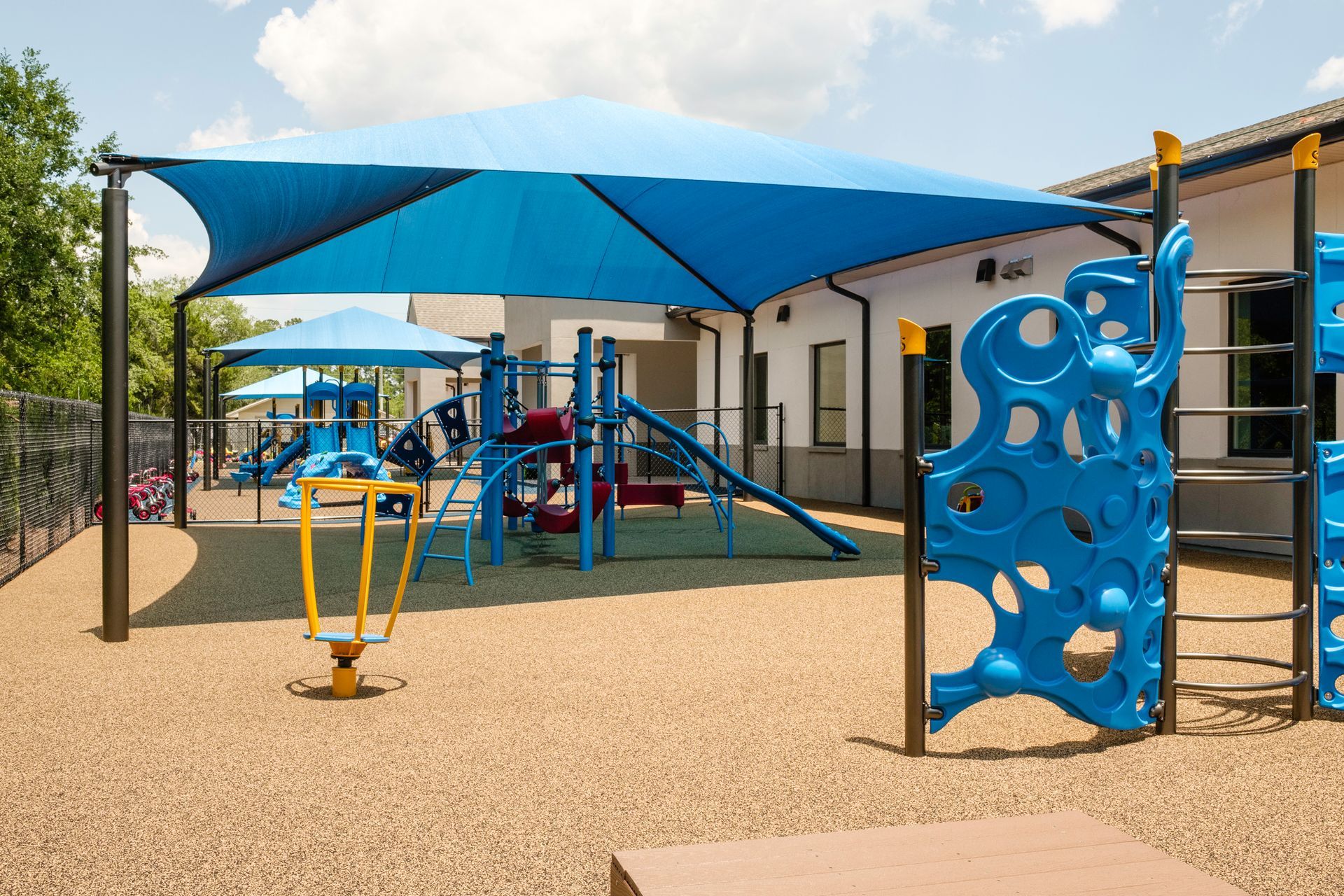Choosing the Right Surfacing: Synthetic Turf vs. Pour-In-Place Rubber
Selecting the right playground surfacing is more than just an aesthetic choice; it impacts safety, durability, and maintenance for years to come. Two of the most popular and reliable options are synthetic turf and pour-in-place rubber. Understanding their differences can help you choose the best fit for your space, budget, and needs.
Understanding Playground Surfacing Options
Playground surfacing must meet safety standards for impact absorption while also providing a fun, accessible environment. Synthetic turf mimics the look and feel of natural grass, while pour-in-place rubber offers a smooth, seamless surface. Each material comes with unique benefits depending on the intended use, climate, and maintenance preferences.
Advantages of Synthetic Turf
Synthetic turf delivers a natural, green appearance year-round without the watering, mowing, or mud associated with grass. It offers excellent drainage, making it ideal for areas prone to rain or heavy use. With cushioned underlayment, turf can meet safety requirements for fall protection. It’s also highly durable, resisting wear and tear from active play and weather exposure.
Advantages of Pour-In-Place Rubber
Pour-in-place rubber creates a continuous, slip-resistant surface that’s perfect for high-traffic areas. It’s ADA-compliant, offering accessibility for wheelchairs and strollers, and can be customized in colors and patterns to enhance play value. The surface provides consistent impact absorption, reducing injury risk. Additionally, it requires minimal maintenance, just occasional cleaning to remove debris.
Contact us at MAPA Recreation to learn more about Synthetic Turf vs. Pour-In-Place Rubber
Whether you’re designing a school playground, park, or recreational space, MAPA Recreation can help you select and install the ideal surfacing for your project. Our team ensures your playground is safe, durable, and enjoyable for years to come. Contact us today to explore synthetic turf and pour-in-place rubber options that fit your vision and budget.
FAQ: Choosing the Right Surfacing
- What is the lifespan of each type of surfacing?
- Synthetic Turf: Typically lasts 8-15 years, with proper maintenance.
- Pour-In-Place Rubber: Generally lasts around 10-15 years, depending on usage and upkeep.
- How do these surfaces handle extreme weather conditions?
- Synthetic Turf: Good at handling heavy rain due to excellent drainage capabilities, but may heat up significantly in direct sunlight.
- Pour-In-Place Rubber: Resilient in various weather conditions with minimal expansion or contraction; retains heat less than turf.
- What are the maintenance requirements?
- Synthetic Turf: Requires periodic brushing to maintain upright fibers, removal of debris, and inspection for damage.
- Pour-In-Place Rubber: Low maintenance; requires occasional cleaning with a mild detergent and water to remove surface dirt.
- Which surfacing is more environmentally friendly?
- Synthetic Turf: Made from recycled materials, but can contribute to microplastic pollution.
- Pour-In-Place Rubber: Often made from recycled rubber, contributing to waste reduction, and considered less harmful environmentally.
- Can these surfaces accommodate design flexibility?
- Synthetic Turf: Limited design options, though it can include markings for sports.
- Pour-In-Place Rubber: Highly customizable with various colors and patterns to enhance aesthetics and play.
- What about cost considerations?
- Synthetic Turf: Generally lower upfront cost compared to rubber, but may incur higher maintenance costs over time.
- Pour-In-Place Rubber: Higher initial cost but lower maintenance expenses and longer durability offset this.
- Are these surfaces suitable for all types of playgroups and activities?
- Synthetic Turf: Ideal for active play, sports activities, and areas where natural grass can't grow.
- Pour-In-Place Rubber: Excels in areas requiring ADA accessibility and safety for various play equipment.
Choosing the right surfacing for your playground is a crucial decision, impacting not only the functionality and safety of the area but also the user experience. Consider your specific needs and consult with professionals like MAPA Recreation to ensure you select the best option tailored to your project's requirements.
Image credit: Zyn Chakrapong // Shutterstock
